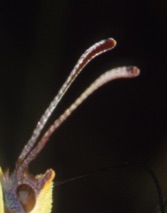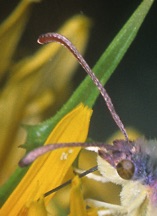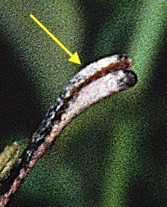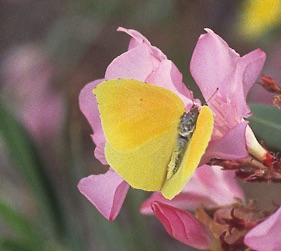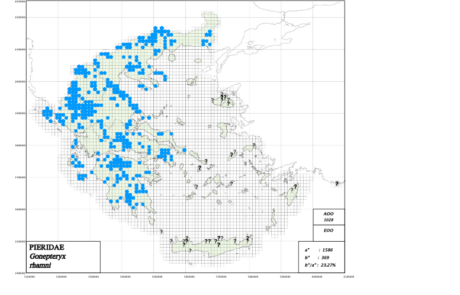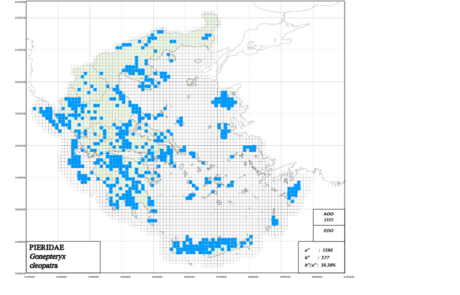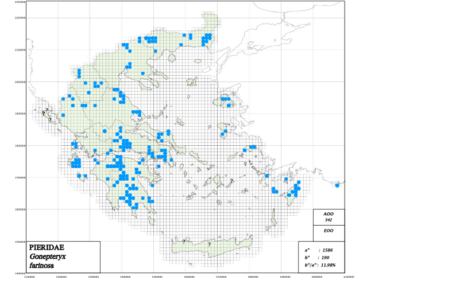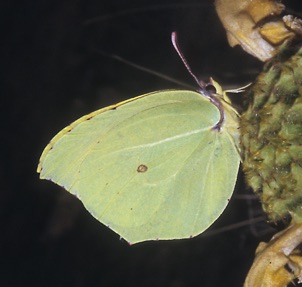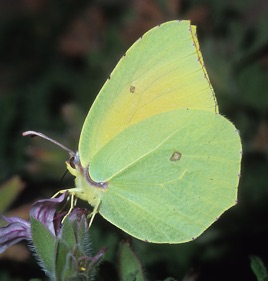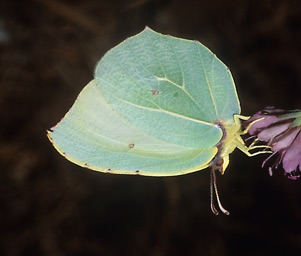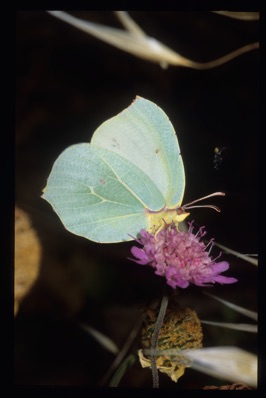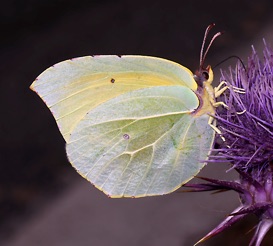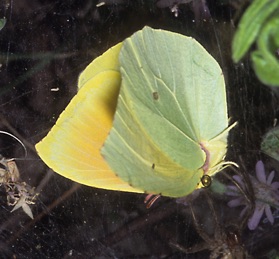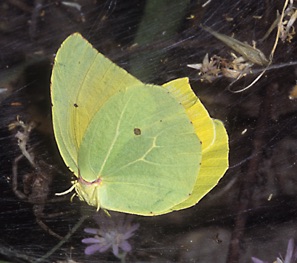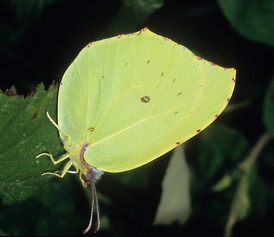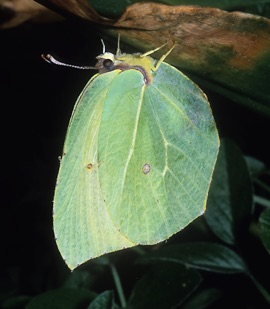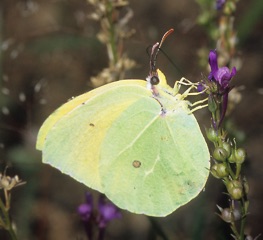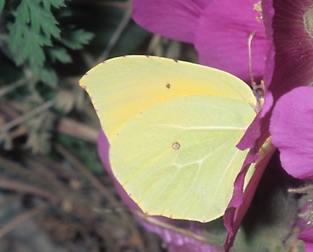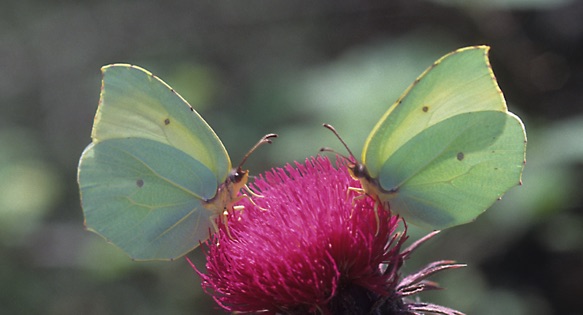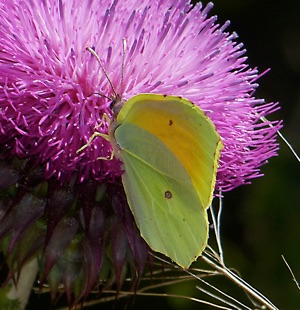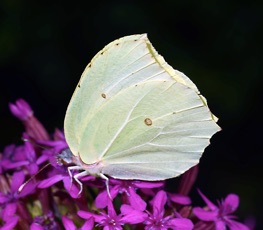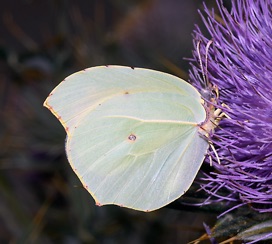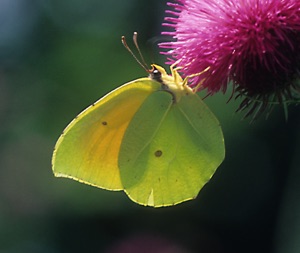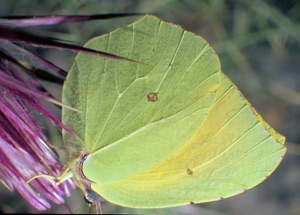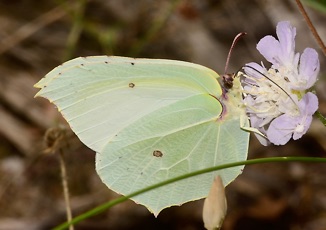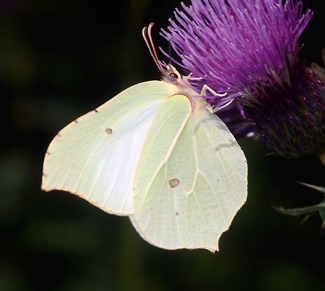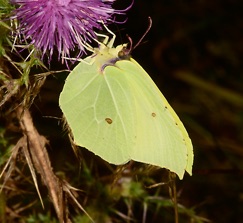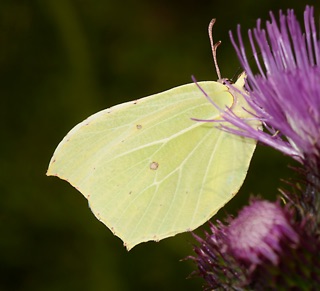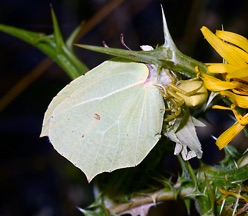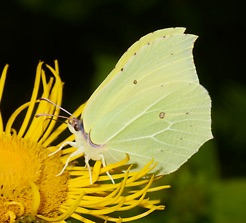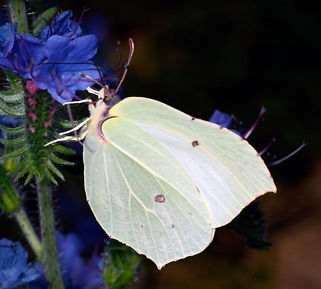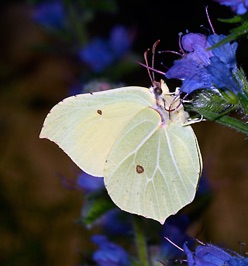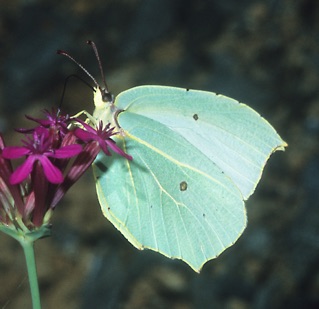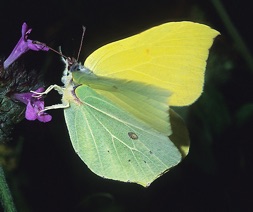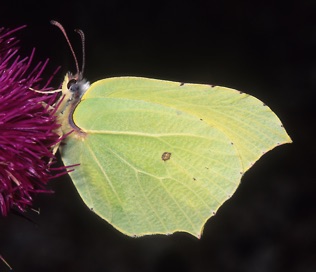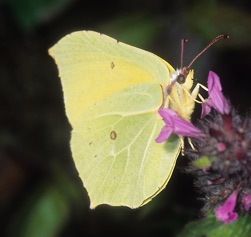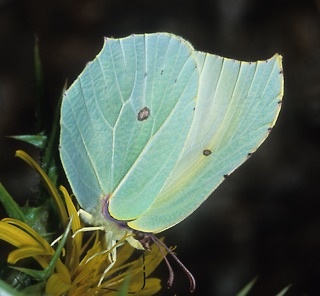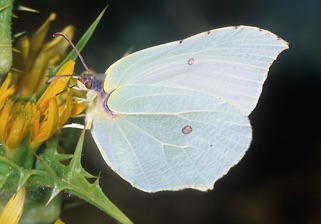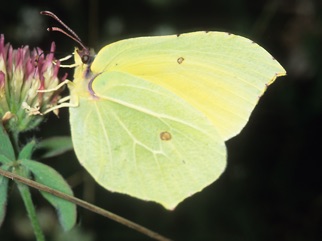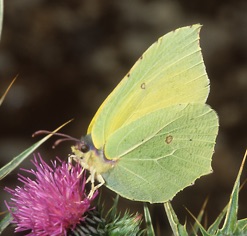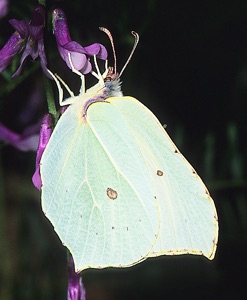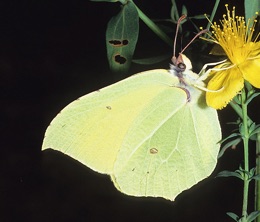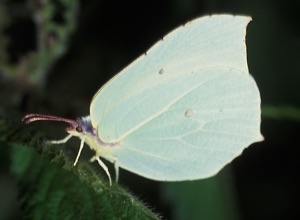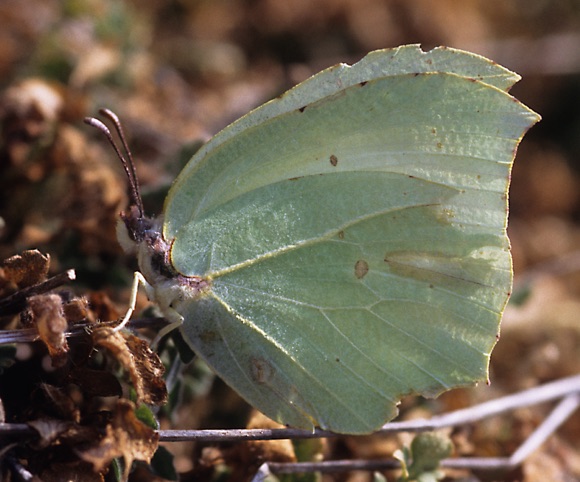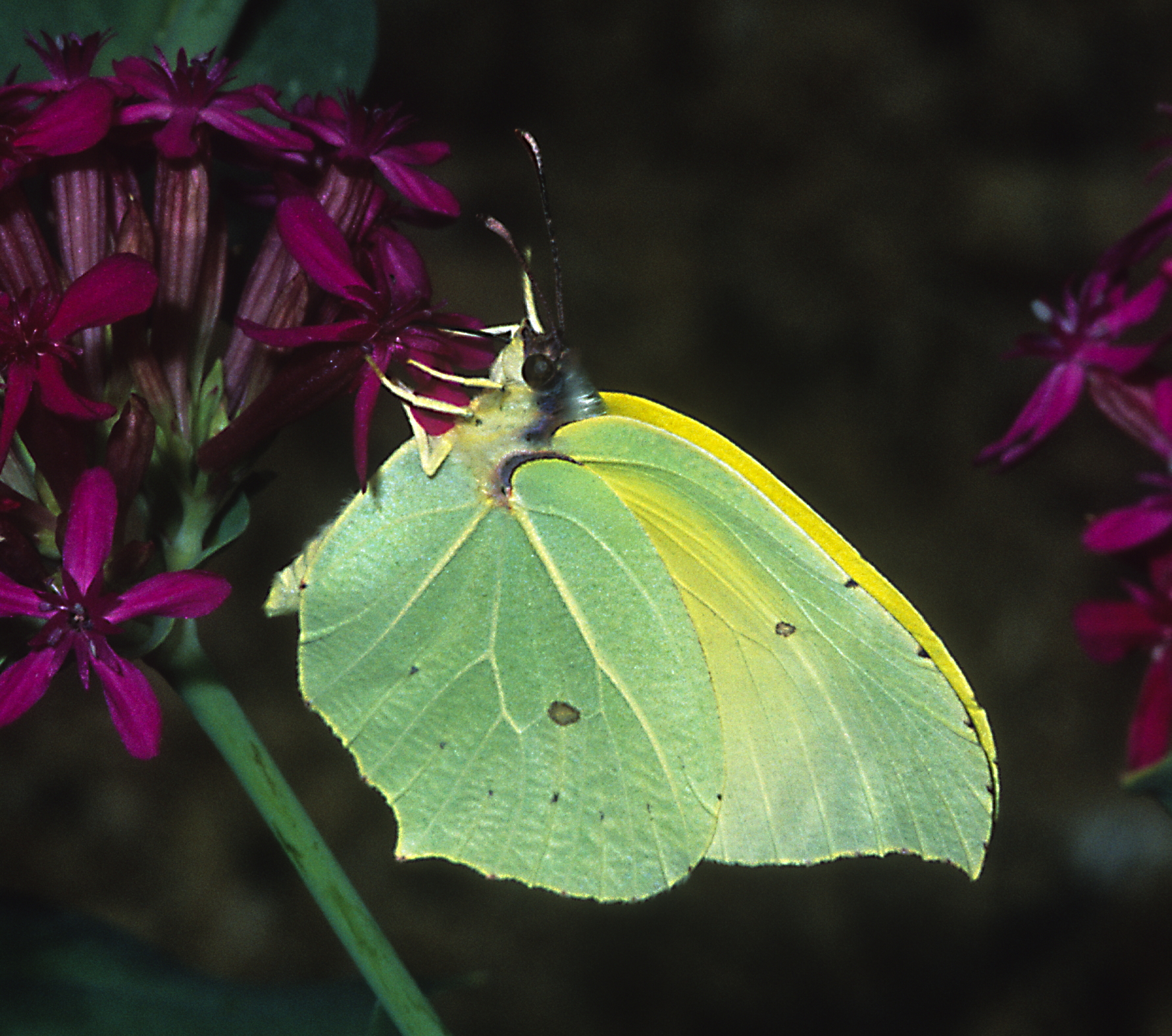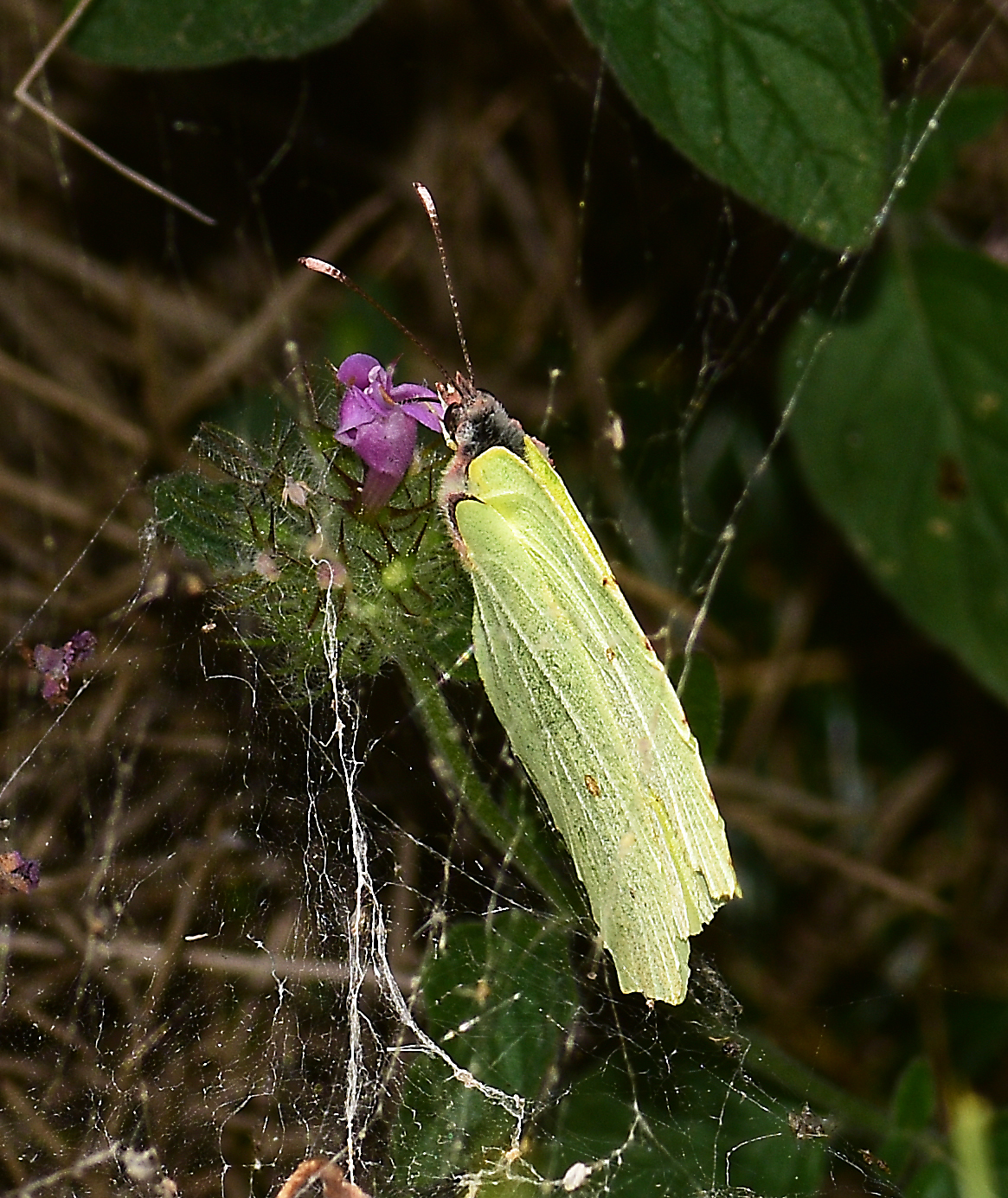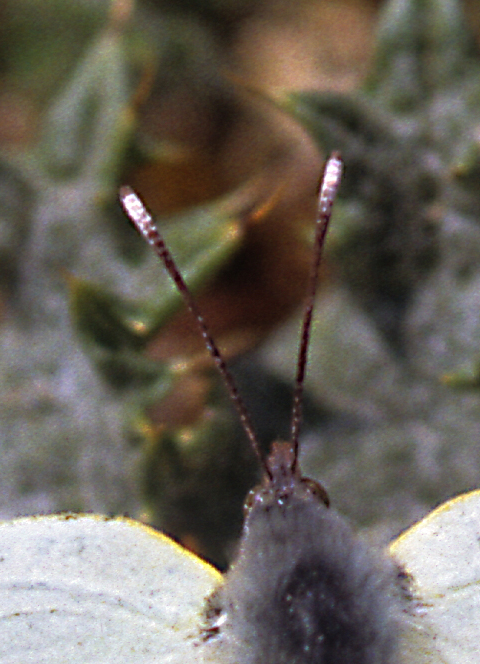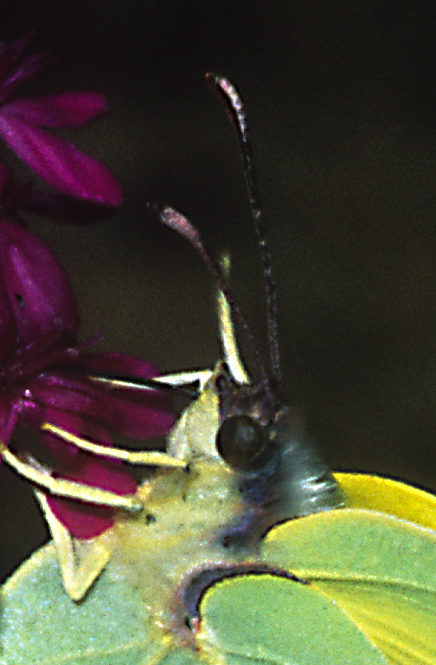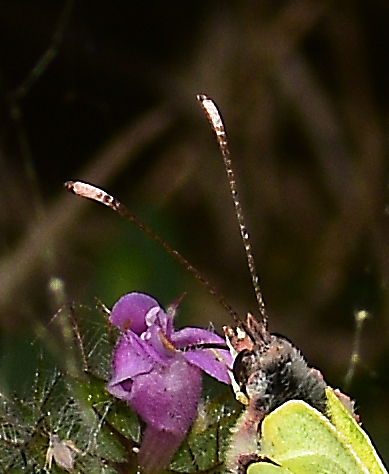CHARACTERISTIC DETAILS OF THE SPECIES Gonepteryx cleopatra, Gonepteryx rhamni and Gonepteryx farinosa
The identification of the species Gonepteryx cleopatra, Gonepteryx rhamni and Gonepteryx farinosa is facilitated if certain characteristics of the wings are identified as follows:
- The shape of the costa of fw which is typically concave in the species Gonepteryx rhamni and convex in Gonepteryx farinosa (but also in Gonepteryx cleopatra).
- The angles on the wings (which gave the name to the genus Gonepteryx), which form the characteristic projections on the margin and the inner margin of the hw and on the apex of the fw.
- The colors of the wings on a case-by-case basis, which are generally similar and with very small differences, with the exception of the very characteristic orange-red color of the male Gonepteryx cleopatra.
- The color of the clubs of the antennae.
- The fact that in Crete there is only Gonepteryx cleopatra and that Gonepteryx rhamni does not exist in the Aegean islands.
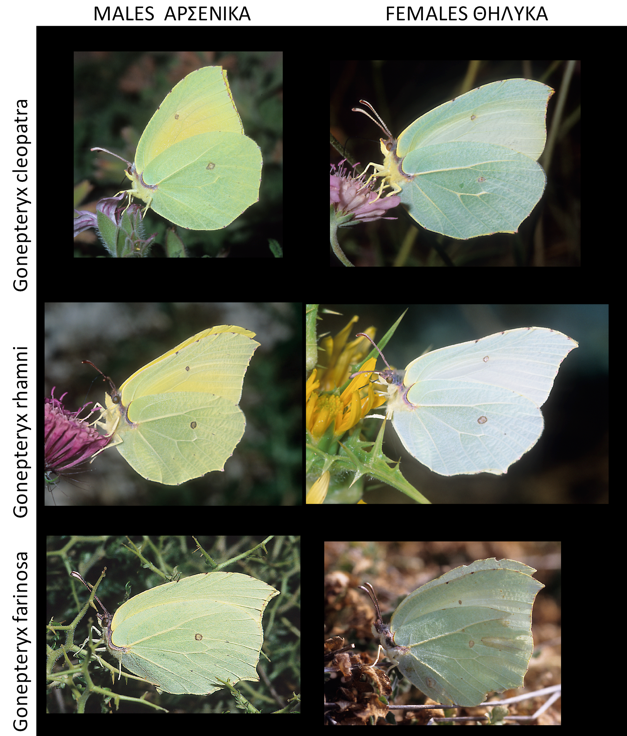
Typical photos of Gonepteryx

The outlines of the Gonepteryx wings of the photos above
GREEN CIRCLES: In G. cleopatra blunt or right angles are always formed and rarely slightly acute.
ORANGE CIRCLES: In G. rhamni and G. farinosa strong acute angles are always formed.
RED CIRCLES: In G. farinosa (on the inner margin of the hw, at V2) there is a sharp projection, which in G. rhamni is much smaller, at the corresponding point.
BLUE ARROW: The costa of fw in G. rhamni is concave.
GREEN ARROW: The costa of fw in G. farinosa is convex.

